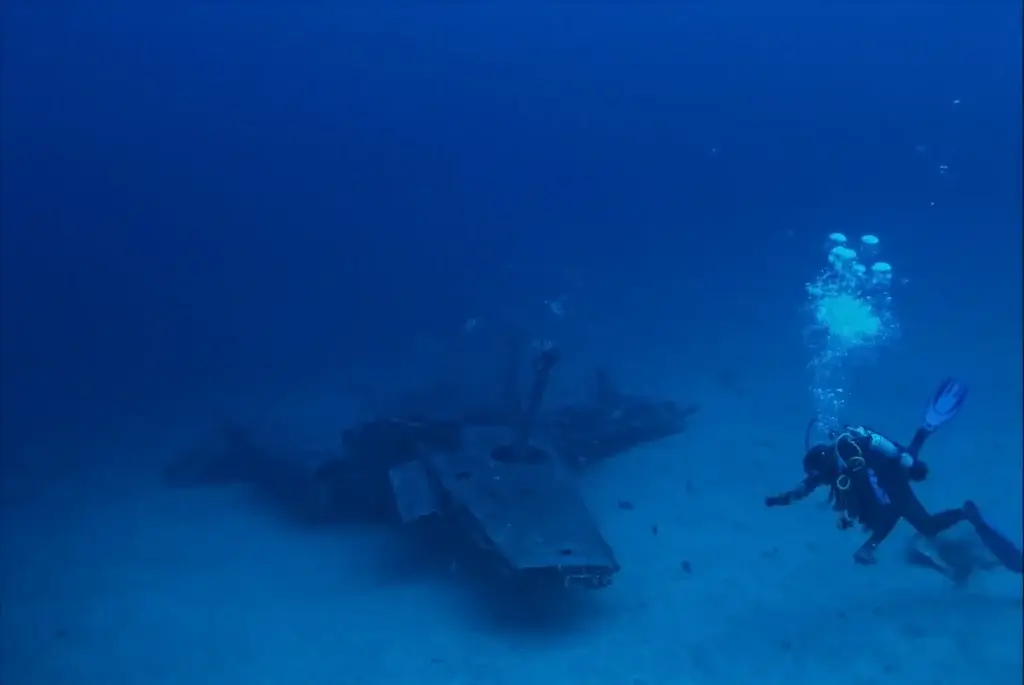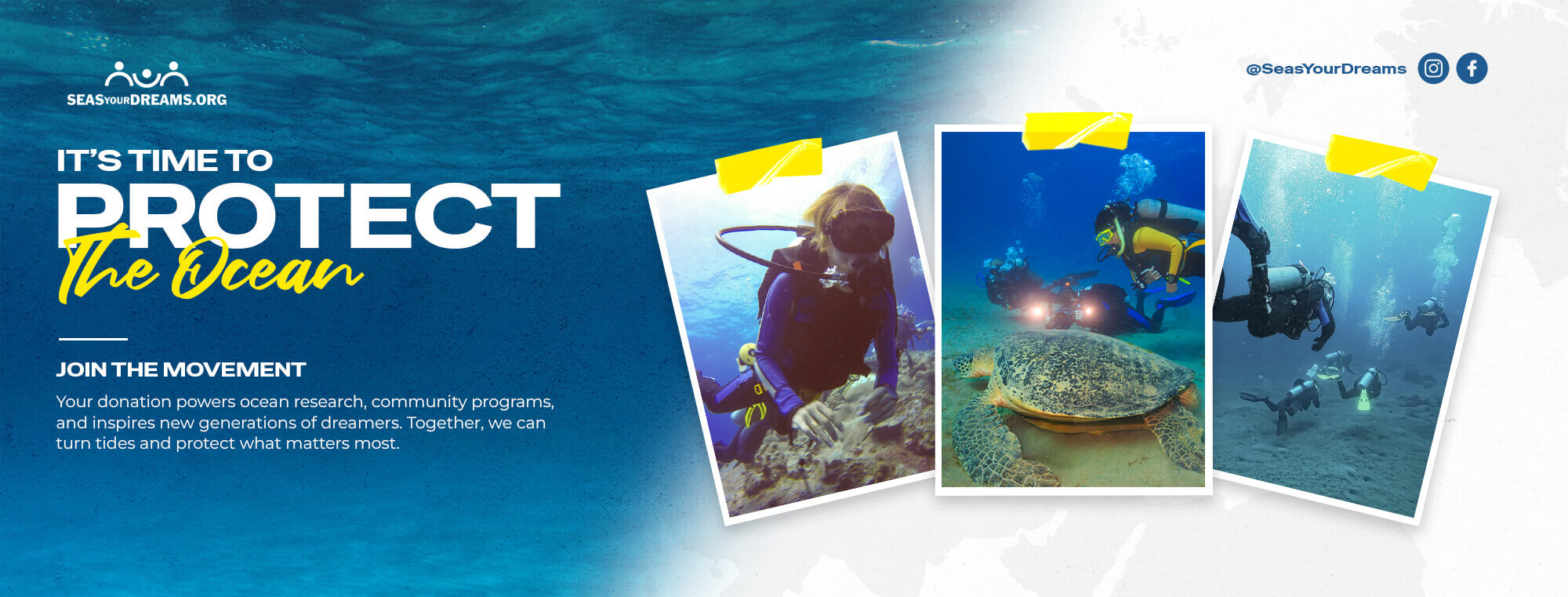What is the Deep Ocean
Research Submersible Alvin?

Who Owns the Ocean Explorer Research Vessel?
01
What is the Deep Ocean Research Submersible Alvin?
What is the Deep Ocean Research Submersible Alvin?
When it comes to exploring the deepest parts of our planet’s oceans, few vehicles have had as much impact as Alvin. For over half a century, this deep-sea submersible has taken scientists into parts of the Earth more remote and less explored than the surface of the Moon. But what is the Deep Ocean Research Submersible Alvin, and why is it so important to oceanography?
In this blog, we’ll take a deep dive into the history, design, capabilities, and groundbreaking discoveries made possible by this legendary undersea vessel.
A Brief Overview of Alvin
The Deep Ocean Research Submersible Alvin, commonly known simply as Alvin, is a manned deep-ocean research submersible operated by the Woods Hole Oceanographic Institution (WHOI). Since its first dive in 1964, Alvin has played a key role in marine science, enabling researchers to explore the seafloor at depths previously unreachable.
Capable of diving to depths of over 6,500 meters (21,300 feet), Alvin allows scientists to observe the ocean’s darkest, most mysterious environments firsthand from hydrothermal vents and underwater volcanoes to shipwrecks and deep-sea ecosystems.
Who Built Alvin and Why?
Alvin was built by General Mills’ Electronics Group under a contract from the U.S. Navy and the Office of Naval Research in the early 1960s. It was named after Allyn Vine, a physicist and oceanographer whose vision was to create a submersible that could take humans into the deep sea for extended scientific study.
The primary motivation was to provide a more reliable, reusable, and human-accessible way to study the deep ocean, as unmanned probes and deep towed cameras had their limitations. The idea was simple yet groundbreaking: put scientists in the ocean, at depth, to observe marine life and geological phenomena in real time.
Alvin’s Design and Capabilities
To understand what the Deep Ocean Research Submersible Alvin can do, we need to explore its construction and technical features.
Pressure Hull
The central part of Alvin is its titanium pressure hull, which can accommodate three people: a pilot and two scientists.
The sphere is 2.1 meters in diameter and is built to withstand extreme pressure at deep ocean levels.
Propulsion and Control
Alvin has six thrusters (four horizontal and two vertical) that provide maneuverability.
It is operated using joysticks and control panels by the pilot inside.
Manipulator Arms
Equipped with robotic arms, Alvin can collect biological samples, rocks, and deploy scientific instruments.
These arms can handle delicate tasks like retrieving tiny sea creatures or placing experimental gear on the ocean floor.
Lighting and Cameras
The vehicle is fitted with high-intensity LED lights and HD cameras to document deep-sea exploration and assist in navigation.
Dive Duration and Depth
Alvin can stay submerged for 6 to 10 hours per dive.
Its current certified depth is approximately 6,500 meters, covering 98% of the ocean floor.
Major Missions and Discoveries
Understanding what the Deep Ocean Research Submersible Alvin has accomplished requires a look at its most important missions.
1. Hydrothermal Vent Discovery (1977)
One of Alvin’s most remarkable contributions to science came in 1977, when scientists using the submersible discovered hydrothermal vents on the Galápagos Rift. These vents were surrounded by thriving ecosystems of giant tube worms, clams, and crabs life forms that existed without sunlight, relying instead on chemosynthesis.
This discovery changed biology forever, proving that life could exist in extreme conditions and expanding our understanding of life on Earth (and possibly beyond).
2. Titanic Exploration (1986)
Another iconic moment for Alvin came in 1986 when it helped explore the wreck of the RMS Titanic, located 3,800 meters (12,500 feet) beneath the Atlantic Ocean.
Alongside remotely operated vehicles, Alvin captured haunting images of the sunken ship, revealing details not seen since its sinking in 1912. This mission ignited global public interest in ocean exploration.
3. Oil Spill Monitoring – Deepwater Horizon (2010)
Alvin was instrumental in the Deepwater Horizon oil spill response, helping scientists assess the environmental impact at the seafloor. It provided visuals and data critical to understanding how oil affected deep marine ecosystems.
4. Mid-Cayman Rise Exploration
In recent years, Alvin has been used to study the deepest hydrothermal vents on the Mid-Cayman Rise, revealing new extremophile organisms and offering insight into Earth’s geological activity.
Why Alvin Is Still Relevant Today
You may wonder, with the rise of remotely operated vehicles (ROVs) and autonomous underwater vehicles (AUVs), why is Alvin still used?
The answer lies in direct human observation.
Scientists aboard Alvin can make real-time decisions, recognize patterns, and adjust experiments on the spot capabilities that no robot has fully replicated.
Alvin allows for complex sampling, accurate manipulation, and a level of observational detail unmatched by remote cameras.
Alvin’s Upgrades and Modernization
To maintain its position at the forefront of deep-sea exploration, Alvin has undergone several upgrades, most recently a major overhaul completed in 2021.
Key Upgrades Include:
Extended diving range from 4,500 to 6,500 meters
Improved lighting and camera systems for better documentation
Advanced navigation and sonar tools
Enhanced manipulator arms with more dexterity
These improvements make Alvin more capable, reliable, and efficient than ever before.
Organizations Behind Alvin
Alvin is operated by the Woods Hole Oceanographic Institution (WHOI) in Massachusetts. It is part of the U.S. National Deep Submergence Facility, which is funded by:
The National Science Foundation (NSF)
The U.S. Navy
The National Oceanic and Atmospheric Administration (NOAA)
These partnerships ensure that Alvin remains a vital scientific asset available to researchers across the United States and internationally.
How Scientists Use Alvin Today
Scientists aboard Alvin study a wide range of topics:
Marine biology – studying new species in the deep sea
Geology – mapping tectonic plate boundaries and studying undersea volcanoes
Chemistry – analyzing the chemical makeup of hydrothermal vent fluids
Microbiology – sampling microbial life in extreme environments
Ocean engineering – testing deep-sea equipment and technologies
Each mission helps to advance scientific knowledge, influence policy decisions, and inspire public interest in ocean science.
The Future of Alvin and Human Deep-Sea Exploration
The world’s oceans still hold countless mysteries, and Alvin is far from finished. Future missions may include:
Exploring subduction zones where earthquakes begin
Investigating carbon cycling and its role in climate change
Searching for clues about life on other planets by studying Earth’s extreme environments
Supporting international ocean treaty negotiations with scientific data
Alvin continues to be a vital asset in our quest to understand the planet
So, what is the Deep Ocean Research Submersible Alvin? It’s more than just a submersible it’s a pioneering symbol of human curiosity, innovation, and scientific achievement. Since 1964, Alvin has taken researchers into some of the most mysterious parts of the Earth, delivering groundbreaking discoveries that have reshaped our understanding of the ocean.
Whether uncovering deep-sea ecosystems, investigating shipwrecks, or studying the effects of climate change, Alvin remains a cornerstone of deep-sea research. As long as our curiosity about the ocean continues, Alvin will remain at the forefront of exploration taking science to new depths.
FAQs
02
FAQs About What is the Deep Ocean Research Submersible Alvin?
What is the Deep Ocean Research Submersible Alvin used for?
Alvin is used for deep-sea scientific research, including studying hydrothermal vents, marine ecosystems, geology, and shipwrecks like the RMS Titanic. It allows scientists to observe and collect samples from the ocean floor.
How deep can Alvin dive?
The upgraded Alvin can dive to depths of 6,500 meters (21,325 feet), enabling exploration of 98% of the seafloor.
How many people can Alvin carry?
Alvin can carry three people one pilot and two scientists inside its pressure-resistant titanium sphere during each dive.
Who operates Alvin?
Alvin is operated by the Woods Hole Oceanographic Institution (WHOI) as part of the U.S. National Deep Submergence Facility and is supported by agencies like the NSF, NOAA, and U.S. Navy.
Why is Alvin important for ocean research?
Alvin enables real-time, direct observation of the deep ocean, allowing scientists to make discoveries that remote or automated vehicles cannot achieve. It has been essential in discovering hydrothermal vents, new species, and understanding ocean geology.
03
Connect With Us
CONNECT WITH US
Partner with SeasYourDreams.org to create lasting impact. Together, we fund ocean research, inspire through STEM education, and grant medical wishes. Join a network of change makers committed to sustainability, innovation, and compassion. Collaborate with us to amplify efforts and transform lives. Let’s make waves of positive change—partner with us today!
04
INFO
© 2025 | SeasYourDreams. All rights reserved.

